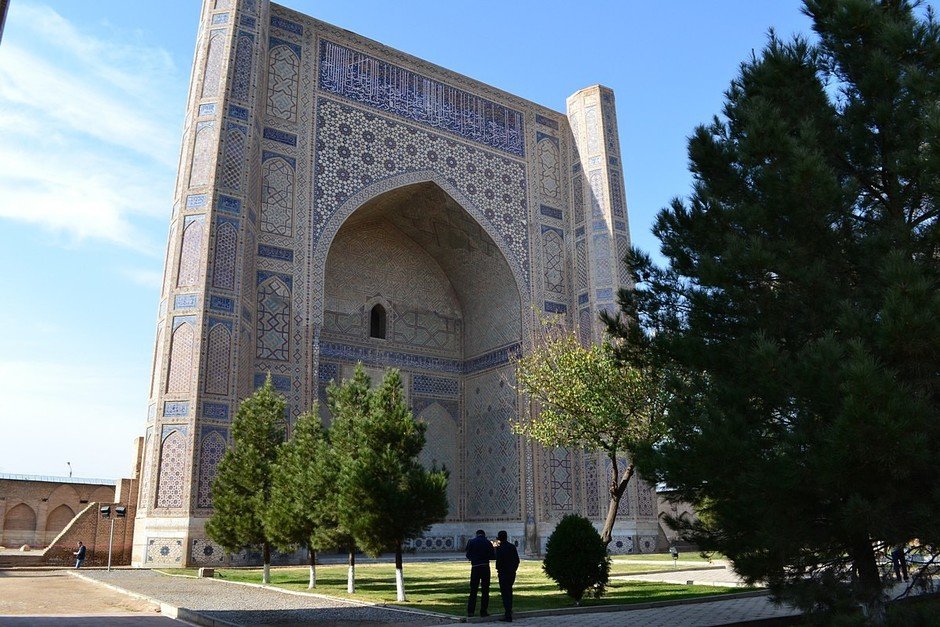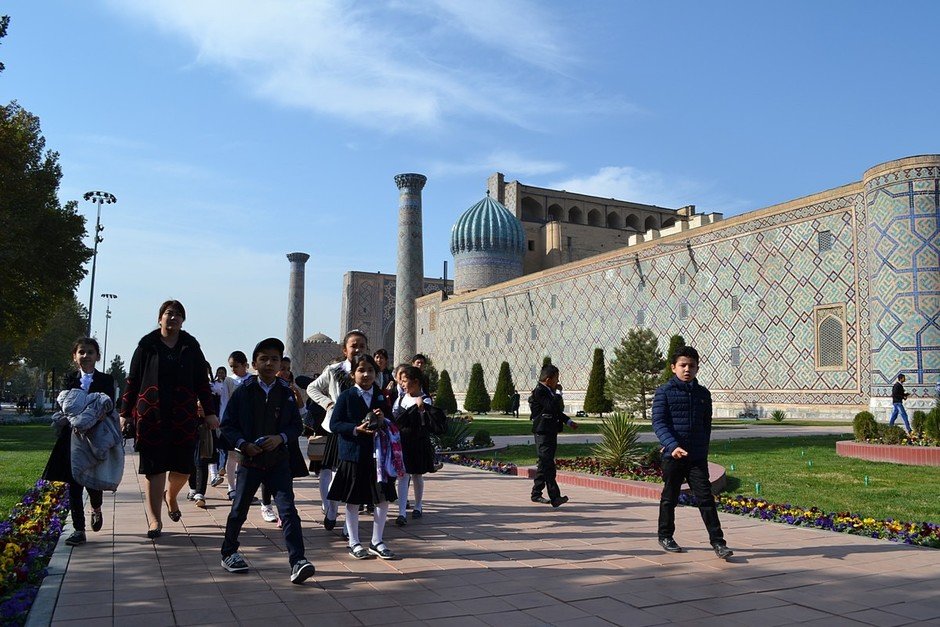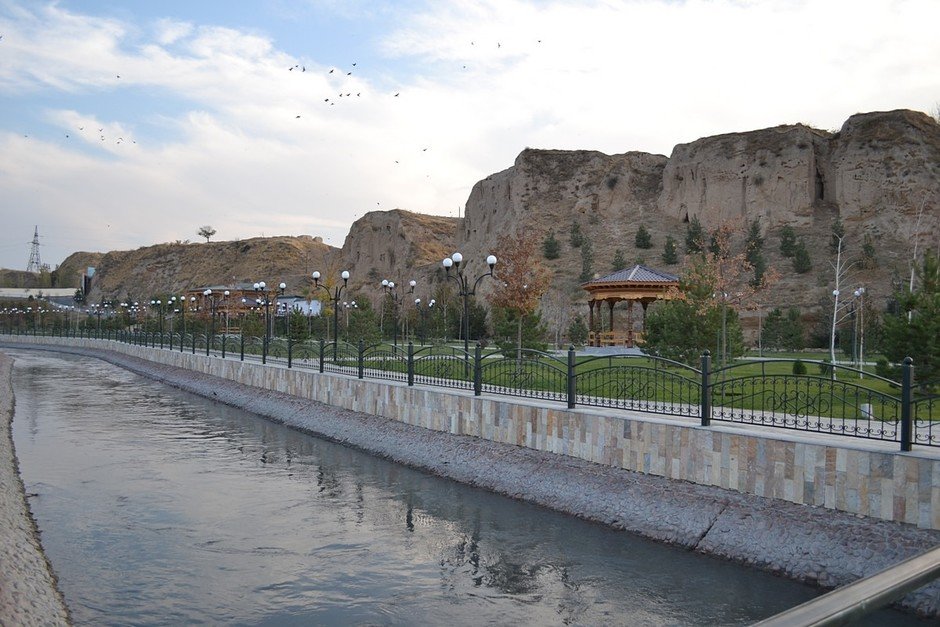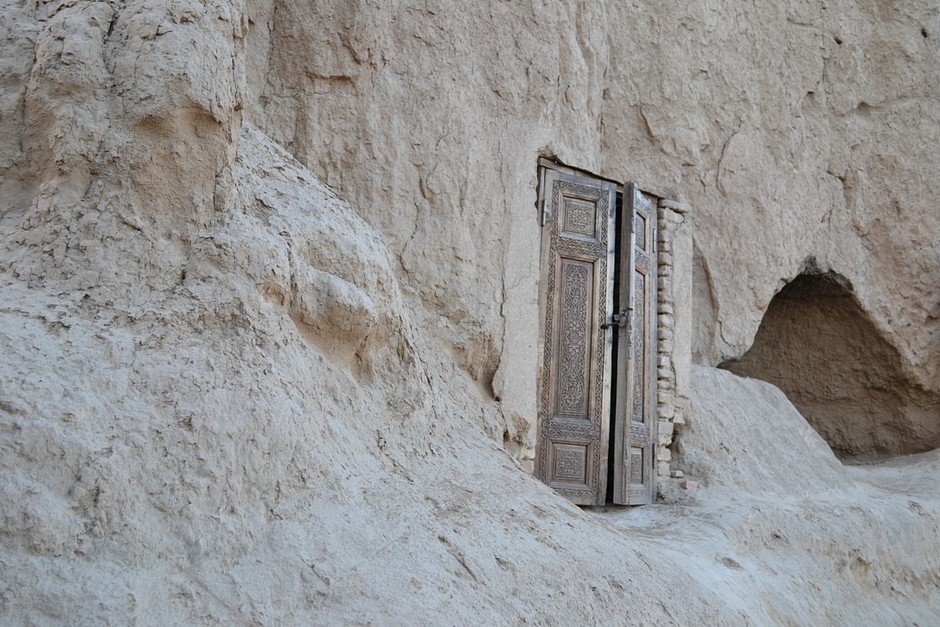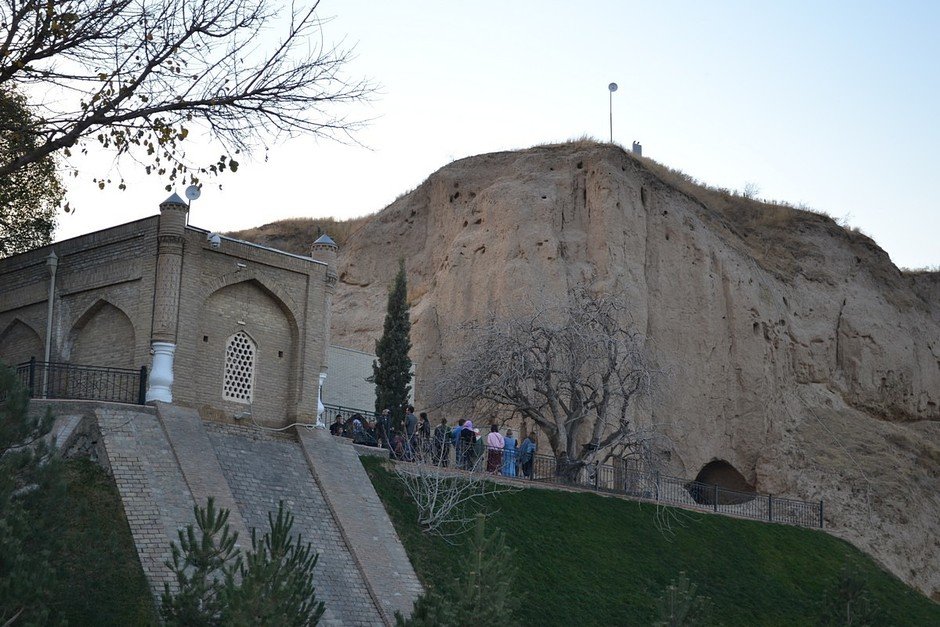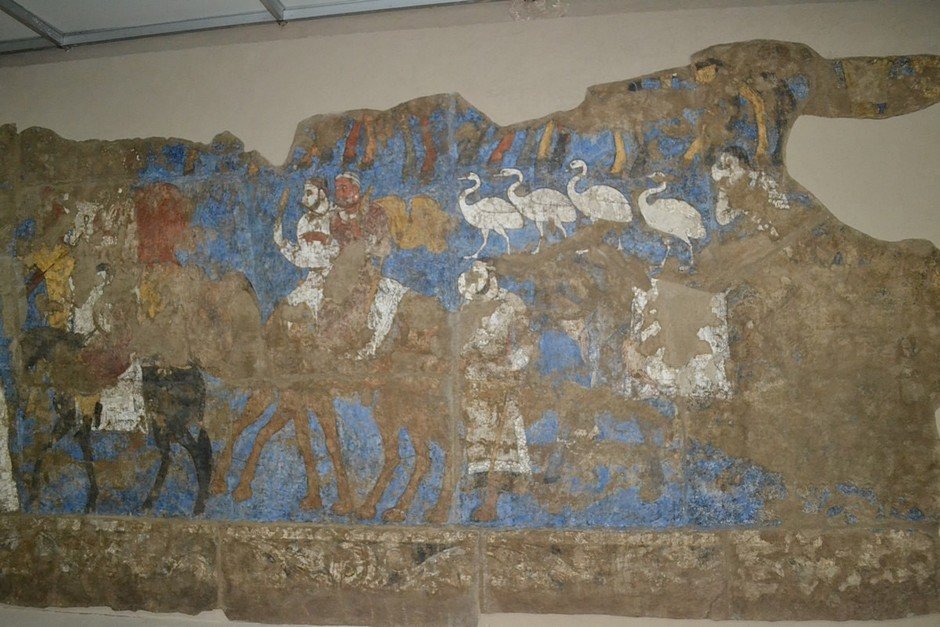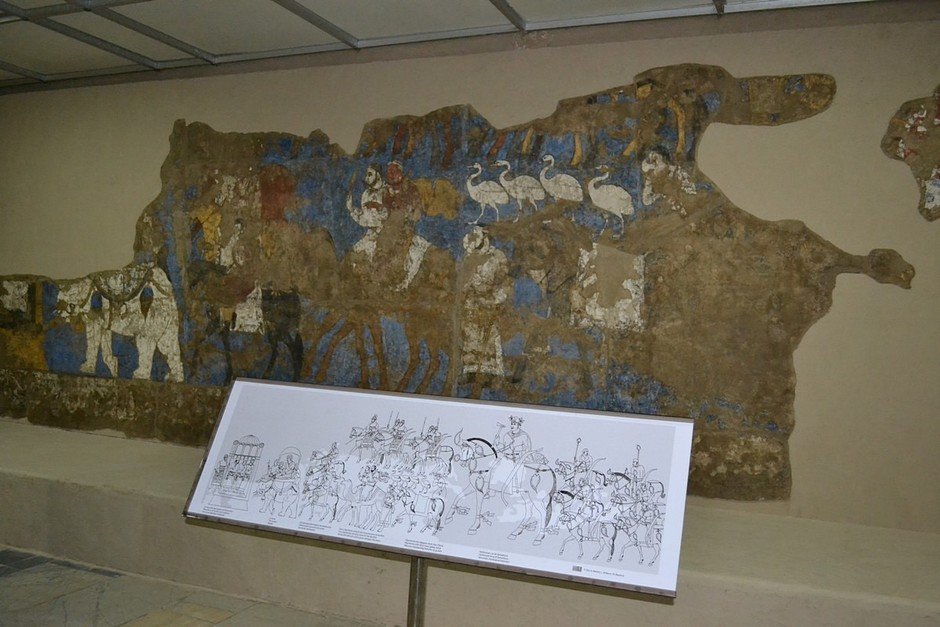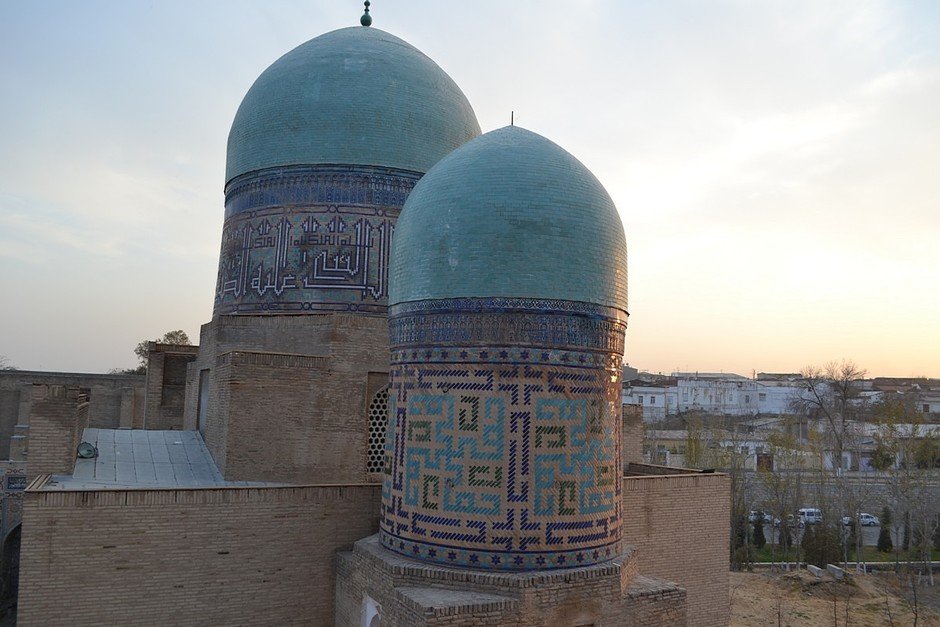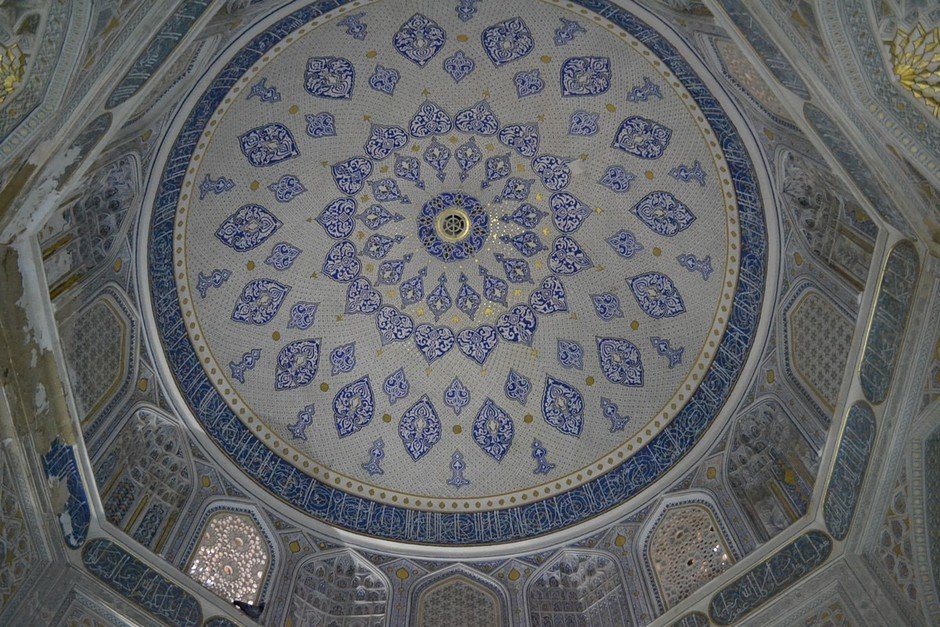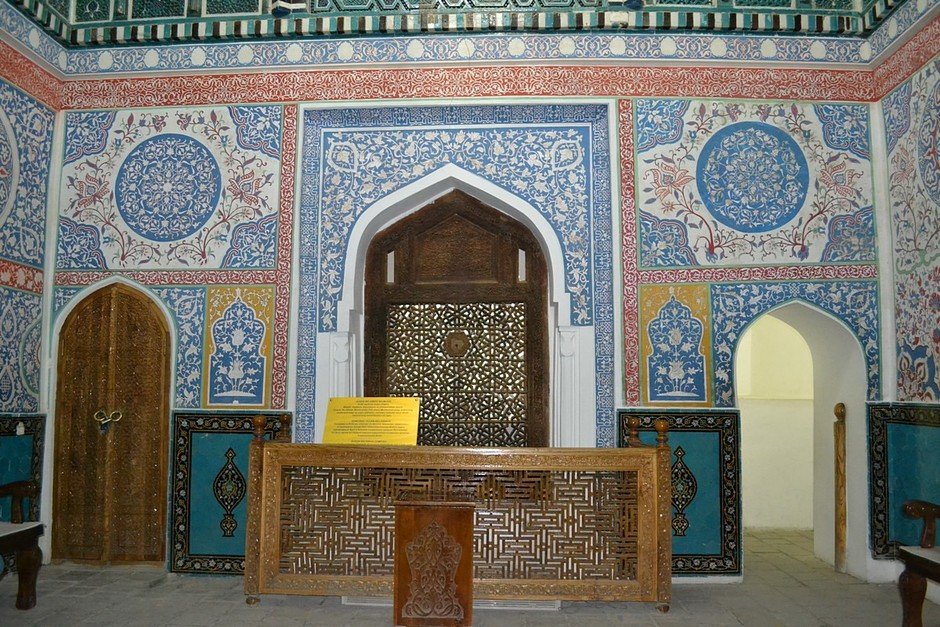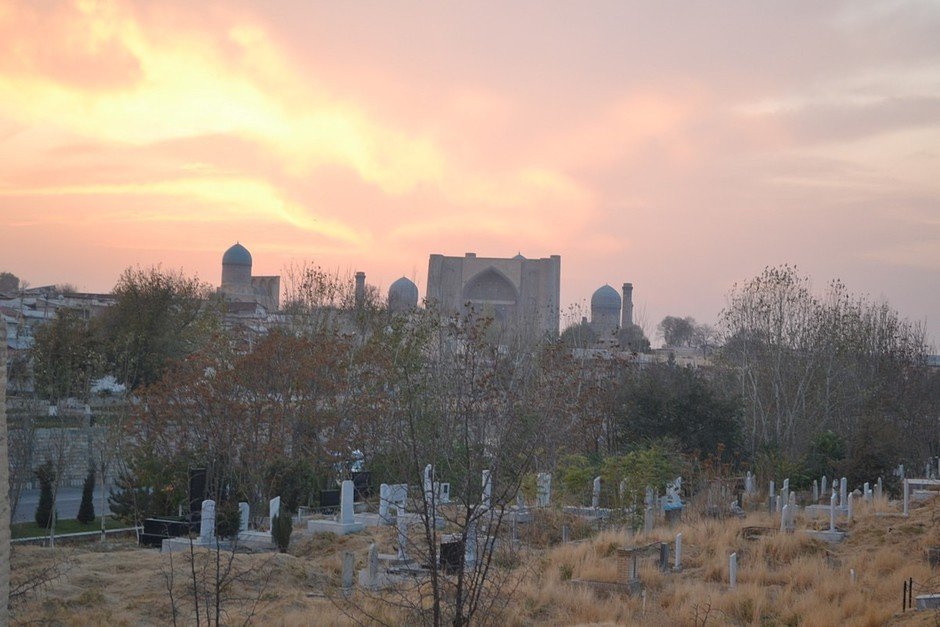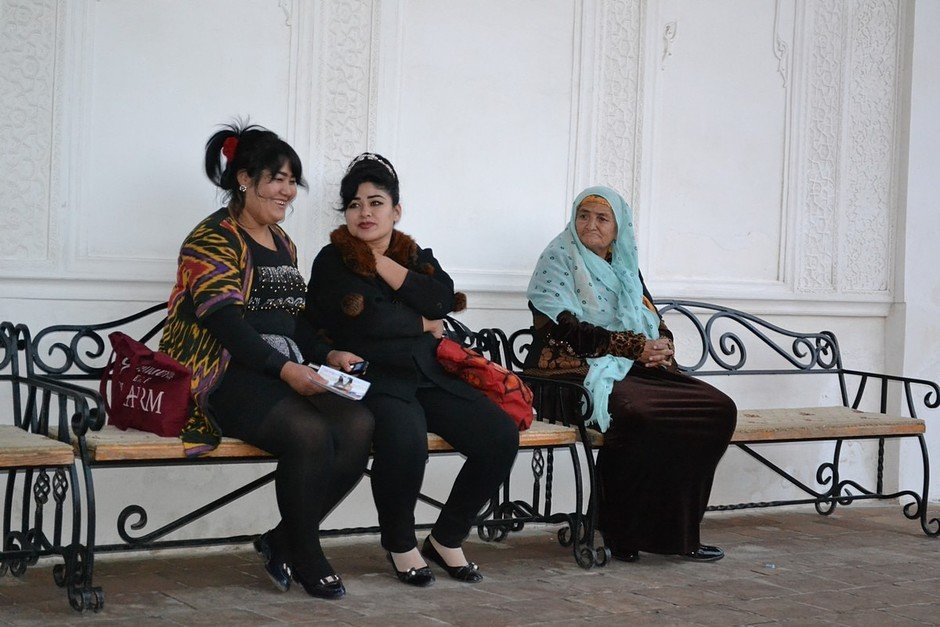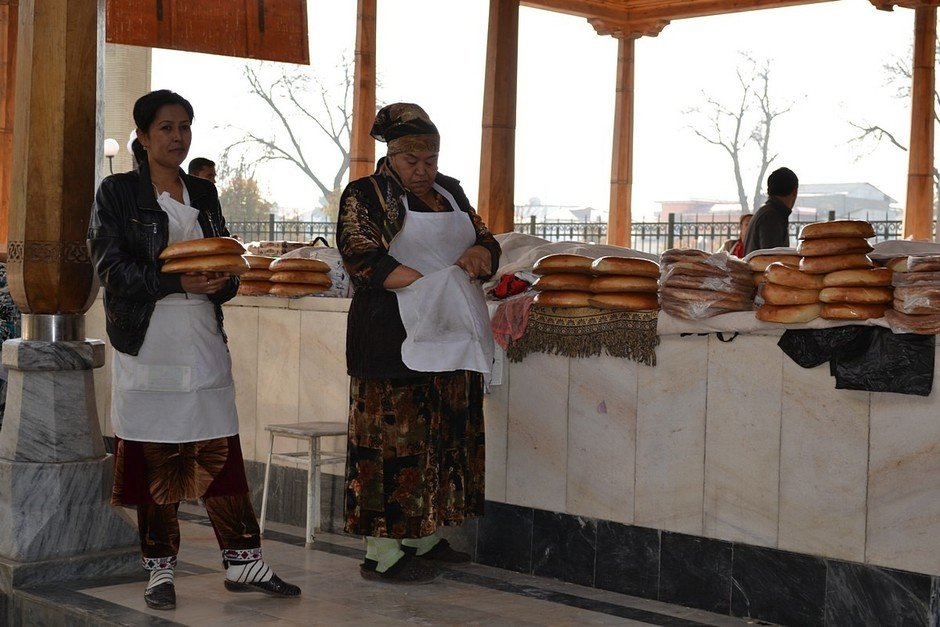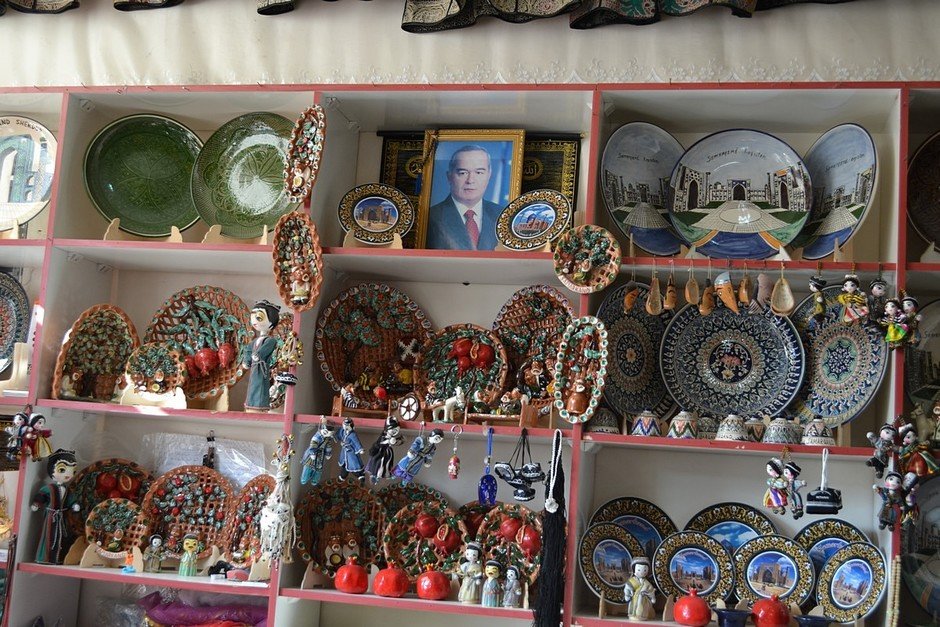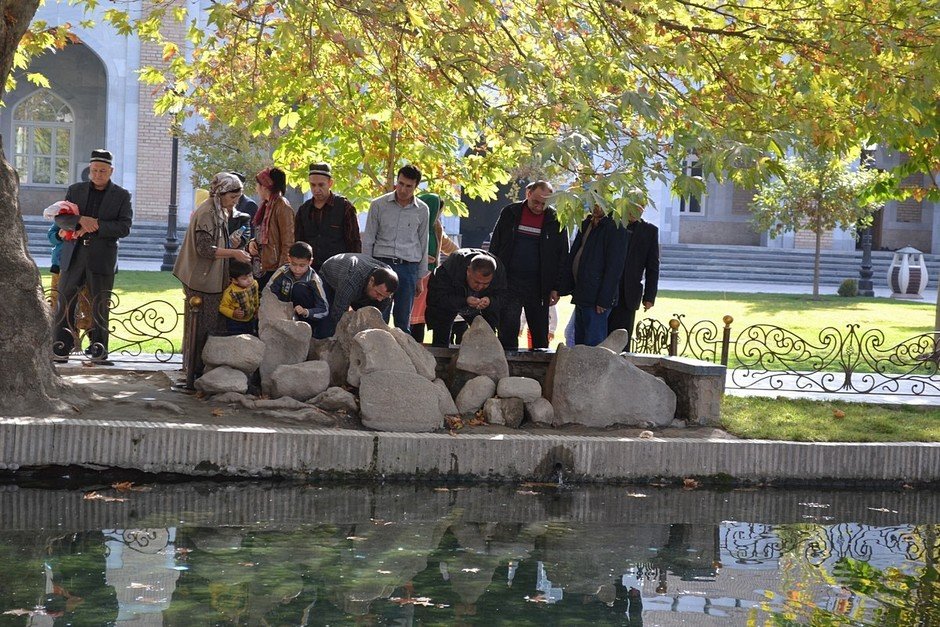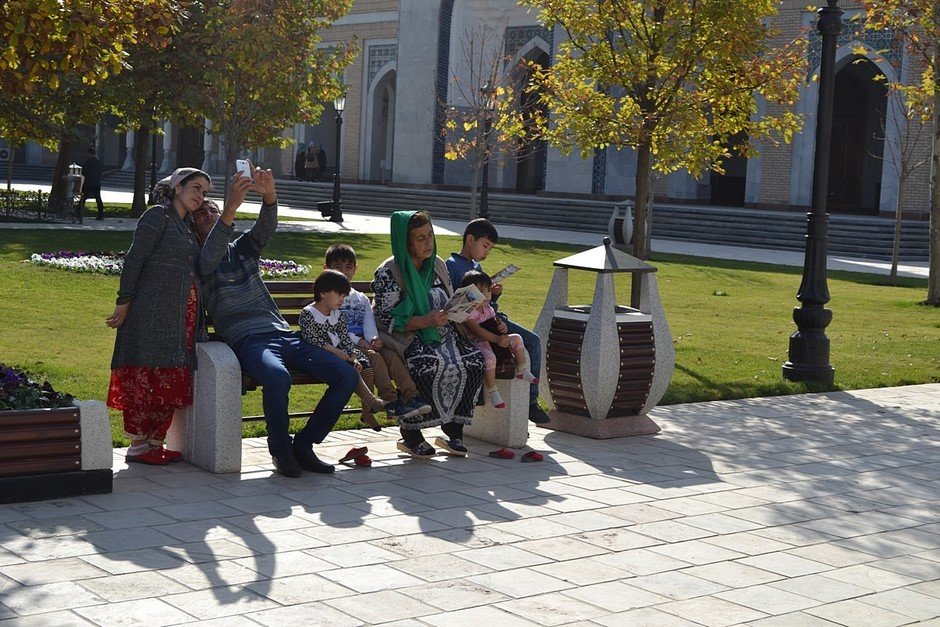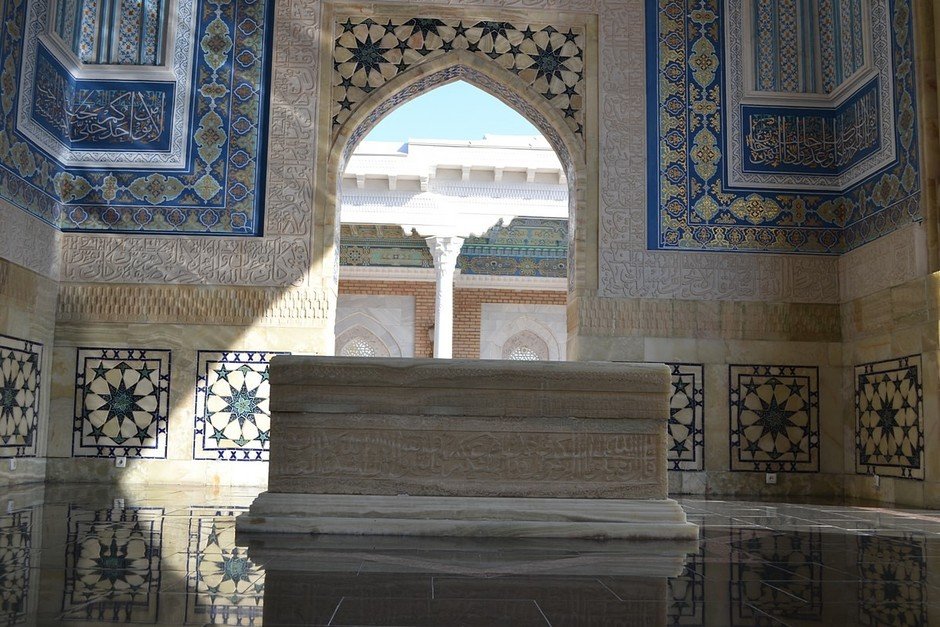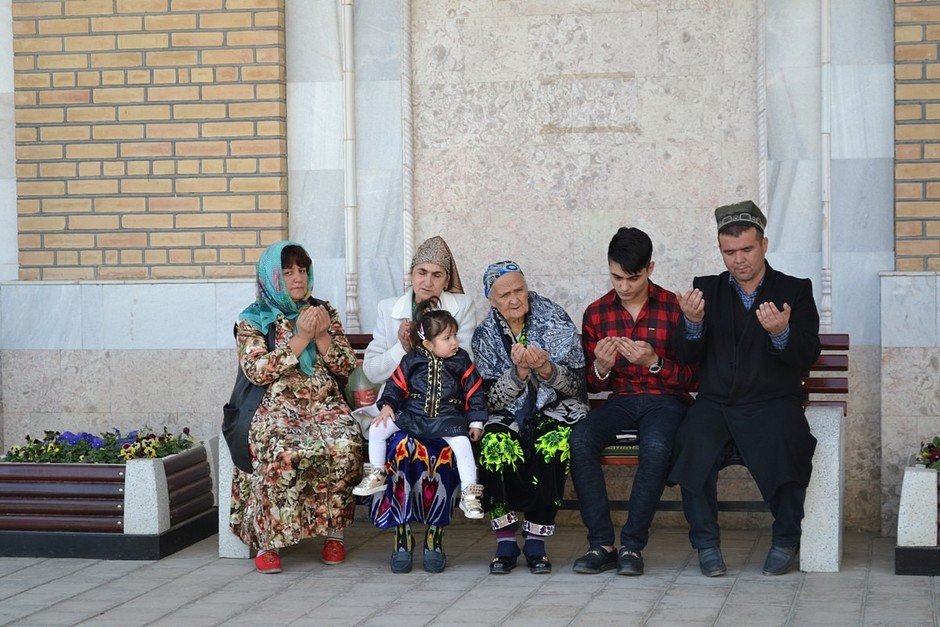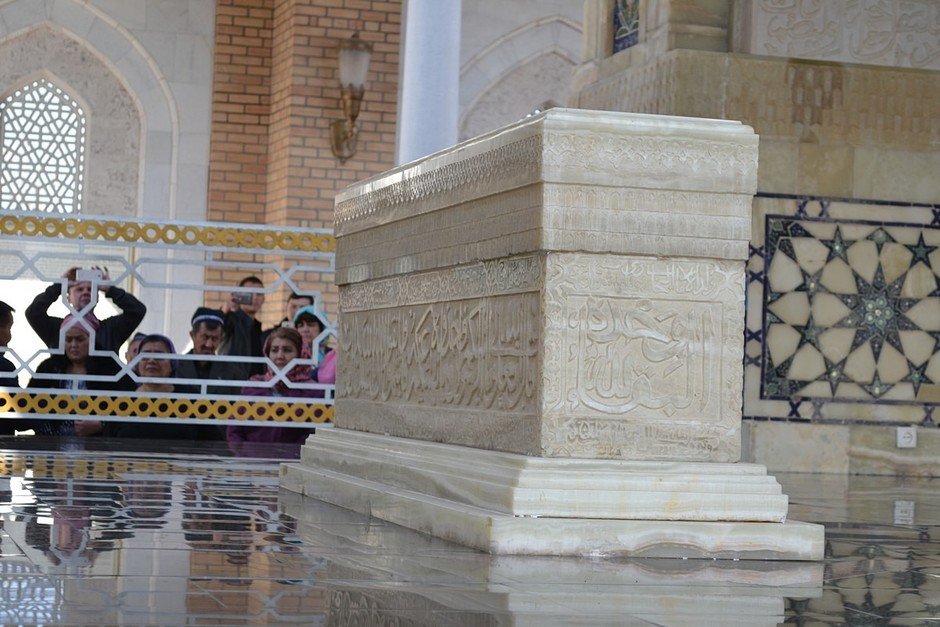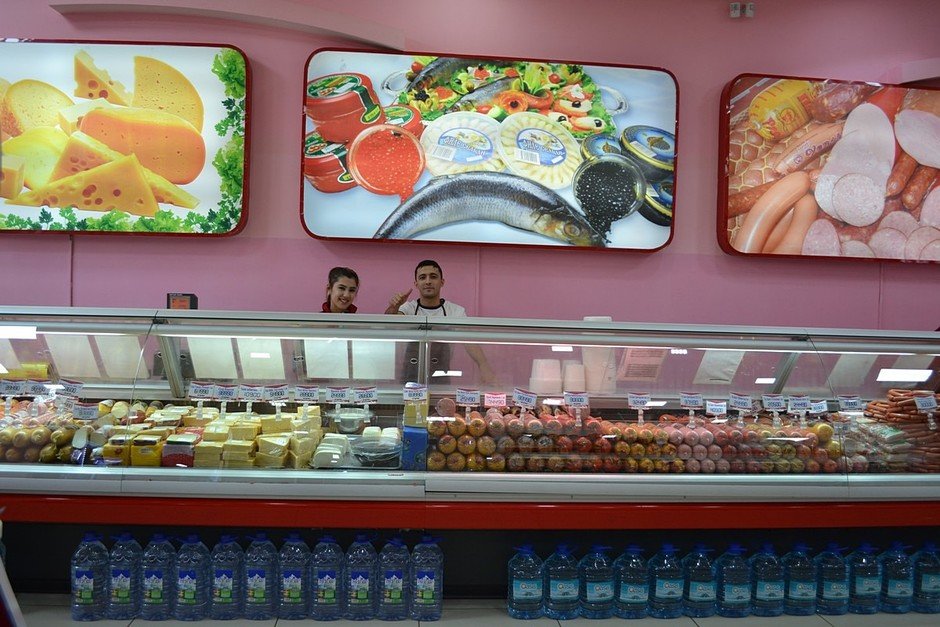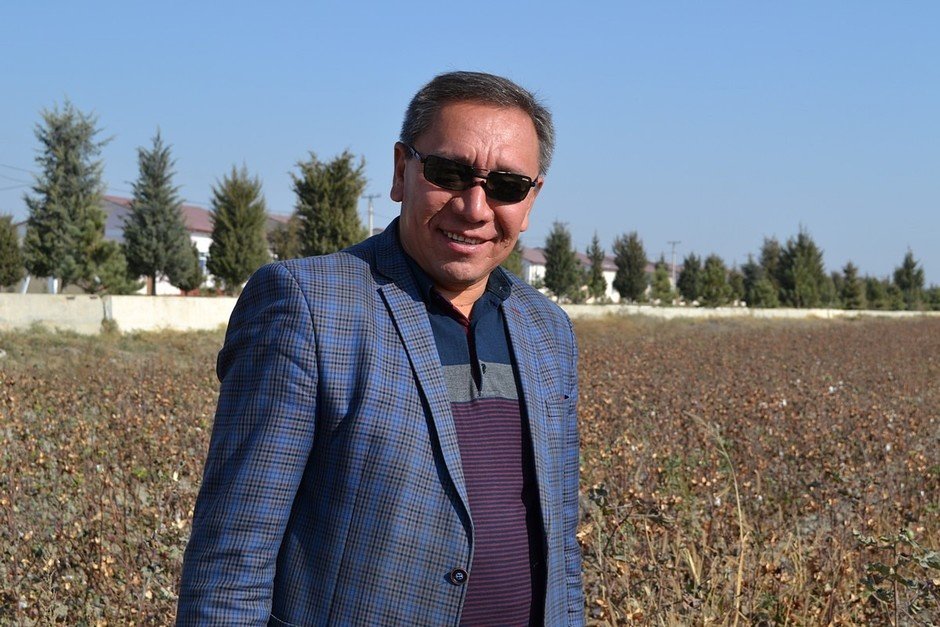Historical capital of Uzbekistan: warlike past and business present time of Samarkand
Report from post-Karimov Uzbekistan. Part 2
We continue the series of travel notes of our reporter about Uzbekistan that is going through the post-Karimov ''thaw''. Today the ancient capital of the Middle Asian republic – Samarkand – is in the limelight.
Characters of Gentlemen of Fortune escaped from prison here
When you come to Samarkand from authentic eastern Bukhara, you understand immediately that you're in a big city: high blocks of flats with illumination, wide streets, intense traffic. However, it is also the authenticity that is normal for a city with a big imperial history.
Samarkand has its own international airport. Afrosiyob high-speed train connects Samarkand with Tashkent within 2 hours and with Bukhara – 1,5. There are 7 higher educational establishments for more than 1,5 million people. One in five people is a student. There is a traffic jam in the rush hour. The city is going through a boom of housing construction: bedroom districts of blocks of flats and districts with neat standard one-storeyed houses in the suburbs are growing. The mortgage rate is 7% for 15 years.
Monuments of the past the tourism industry of Samarkand is based on are part of the modern day. Even without knowing their names, the majority of people know how they look. Almost every Russian city has an Uzbek public canteen with minarets, turquoise cupolas and arched portals of Registan Square. Characters of Leonov, Vitsin, Kramarov and Muratov in Gentlemen of Fortune escaped from prison in conventional Soviet Middle Asia passing by Gur-e-Amir Mausoleum. Now guides show this road to the guests from the former USSR countries.
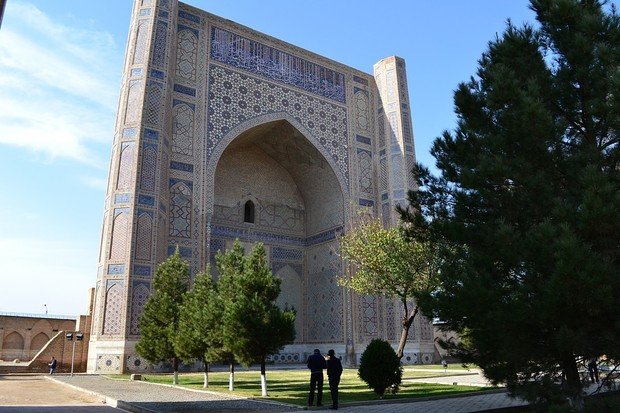
To increase tourist flow 5 times in 5 years
One can't help but make money with such a heritage. Samarkand is rightly a candidate to become the main tourism centre of Uzbekistan. Ilkhom Suvanov, the head of the regional State Committee for Tourism Development, described ambitious goals that the new president of Uzbekistan set to Samarkand. They need to increase tourist traffic 5 times in 5 years, add another 3,000 people to existing 5,000 hotel beds in 2 years, develop charter flights and reduce ticket prices by at least 20%.
The committee where Suvanov works was founded when Mirziyoyev came. Uzbektourism national company used to deal with tourism earlier. Founded in 2016, the state committee has ministerial power, in fact. A session of the local parliament chaired by the president took place in Samarkand on the eve of our arrival. About 1/3 of the session was dedicated to the fulfilment of the state tourism development strategy on the spot. Very Shavkat Mirziyoyev, by the way, was the governor of Samarkand Region in 2001-2003. First President Islam Karimov also comes from here.
Samarkand already became the centre of historical tourism. It just needs to increase the traffic and develop the infrastructure. Religious tourism is developing. Pilgrims come to Kusam ibn Abbas's grave (Prophet Mohammed's cousin) and Imam Al Bukhari's mausoleum who had to move to this place due to a conflict with a Bukharian emir. Sports tourism is linked with a 2-km Samarkand Rowing Channel that has been hosting Asian rowing championships for many years.
But the majority of guests come here from Europe and rich Asian countries. It is also planned to make the city as popular for Russian tourists as Tbilisi and Baku.

Perfect ruler and his golden age
If you come to Samarkand from Tatarstan, Khakassia or Ossetia, you will pay attention to the city's emblem that coincides with yours. It's a winged bars that is popular among Turkic and Iranian peoples. Even souvenir shops invite you with exclamations ''Zoroastrianism! Zoomorphic style!'', what you don't expect from street sellers.
However, the main image of the city belongs to a person. Worldwide famous conqueror Tamerlane (1336—1405) who is called Amir Temur here turned Samarkand from an ordinary city into the capital of the gigantic empire, he made it the centre of richness and luxury, united the Turks and Iranians into a single political organism.
The City Day has being celebrated on 18 October since 1996 when Islam Karimov awarded Samarkand Amir Temur's Order. Compulsory celebrations take place on 9 April, on the commander's birthday. A modern monument adorns the University Boulevard, and the most important landmarks are anyway linked with the Timurid dynasty. In Gur-e-Amir Mausoleum where the conqueror rests under the black nephrite gravestone, you will be certainly told how Samarkand wise old men warned Soviet archaeologists not to bother the spirit of war. The tomb was opened on 20 June 1941, and Hitler attacked the USSR two days later. A visit to megalomaniac Bibi-Khanym Mosque is accompanied by a story about the architect who fell in love with Tamerlane's major wife and women's craft that won the hearth of the destroyer of countries. The observatory that was founded by Timur's grandson Mirzo Ulugbek (1394—1449) is the main contribution of Samarkand to the world intellectual history. Tourists are shown the survived 40-metre sextant that the ruler used to calculate the lifespan of the sidereal year.
Uzbekistan is quite an interesting example of politics of memory in the former USSR. For instance, in Russia, the official interpretation of the past is based on two points – the decisive role in WWII and elitist culture of the 19 th – early 20th centuries. A fight against imperial Russia and the USSR is in the centre of national idea in some countries. Uzbekistan's ideologists kept their nose clean and immediately turned to a more remote past that is known worldwide. Tourists from Russia are told by the guides that Timur's raids to the Golden Horde helped win the Tatar-Mongolian invasion, tourists from Europe are said that the victory against Sultan Bayezid I saved the West from the inevitable conquest by the Ottomans.
The scheme isn't perfect. If some of the Tatars know folk stories about the conquest of Bolgar by Timur or have read the bloody catastrophe that the Golden Horde faced in 1395, it will be difficult to listen to the guides' stories with enthusiasm. Western regions of modern Uzbekistan weren't lucky under Tamerlane too – Khwarezm was demolished not to be a rival for splendid Samarkand. But nobody cares about it centuries later. Genghis Khan was appointed the main baddy in Uzbek history, while they remember Tamerlan as good one.
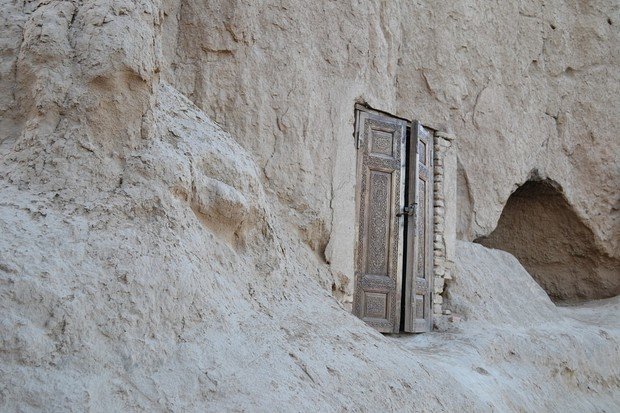
Prophet Daniel's tomb and miracle of Russian patriarch
Samarkand's 2,750 th jubilee was celebrated in 2007. The city is mentioned in ancient sources as Marakand and witnessed Alexander the Great's expedition. The locals consider that possible descendants of the Macedonians live in Urgut Region where there are many light-skinned people with light-brown hair. The yellow-brown hill is well seen from the historical centre – it is the initial place of Samarkand, Afrosiyob fortress. The ancient city was destroyed by the Mongols and reappeared in the south. Now Afrosiyob is a sightseeing point quite at the level of the palace of Knossos on Crete, the Chinese Terracotta Army and other treasures taken out by archaeologists from non-existence.
A monotonous voice of the speaker told a strange dialogue between King Varkhuman from the dynasty of Unash and Chaghaniyan dapirpat named Pukar-zate in a small cinema hall to meditative music. The Chach dapirpat took the floor after the Chaghaniyan dapirpat. Judging by their names, this dialogue could take place somewhere in the galaxy of Star Wars or almost forgotten Dune. But, no, it all happened here in the 7th century A.C. Strange geographical names and people's name were deciphered in one of the frescos from the royal palace. The authentic frescos are exhibited in the Afrosiyob Museum. Figures of horsemen on camels and elephants are distinguishable in the blue background. Geese for sacrifice pull their necks next to them. A Chinese empress from the Tang dynasty goes by boat accompanied by her ladies-in-waiting. Samarkand was already known for everybody then.
One of the possible tombs of Biblical Prophet Daniel is located in the fortress. It is a place respected by not only Christians but also Muslims. We're told a story that Patriarch Aleksy II blessed the water of the source that came from the tomb and sprinkled a dried pistachio tree. The tree blossomed again. Then there is a Muslim cemetery down the hill where Prophet Mohammed's cousin, Muslim holy people and Tamerlane's family members found peace in luxurious mausoleums. President Islam Karimov was buried in the new part. The best view on the sunset opens from the hill, remote Bibi-Khanym Mosques sinks in the sunbeams.
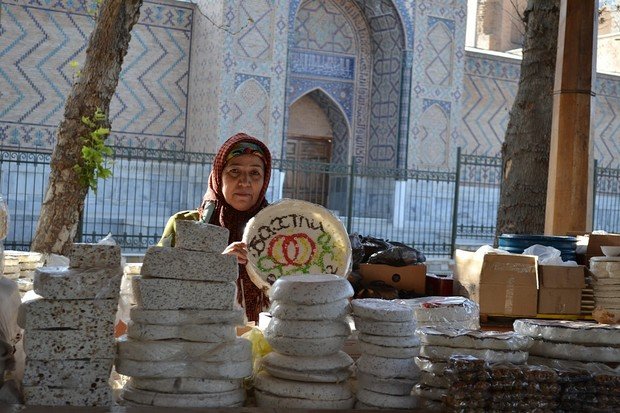
Hospitality is the most reliable business strategy
When leaves have already fallen but there is no snow yet in the central part of Russia, it is about +20 and there is green in Samarkand. One shouldn't hide from the summer Middle Asian hot weather and there is no winter cold wind yet. Buildings surround a tourist from all sides – they are witnesses of the past. But not the greatness of the past centuries but absolute comfort here and now is the main feeling.
Citizens of Samarkand consider themselves the best entrepreneurs in Uzbekistan. And it seems that they are right. They know how to host guests and see every person who came as the basis of their own well-being. Sellers in the market won't lose their chance to benefit and won't reduce the price three times but will always be polite and make a concession in the end. Accidental passers-by will advise the best way how to get a place. People will try to feed guests better and with more delicious meals than the guests expected. While talking about where pilaf is better and what a kazan is more correct (from cast iron in Samarkand or copper in Bukhara), the guest feel simple joy of life and a desire to be back.
Samarkand was the capital of the Empire of the Timurid dynasty and the first capital of Soviet Uzbekistan. Tashkent has been the main city of the republic since 1930. But citizens of Samarkand still have a high capital culture that every visitor feels.
